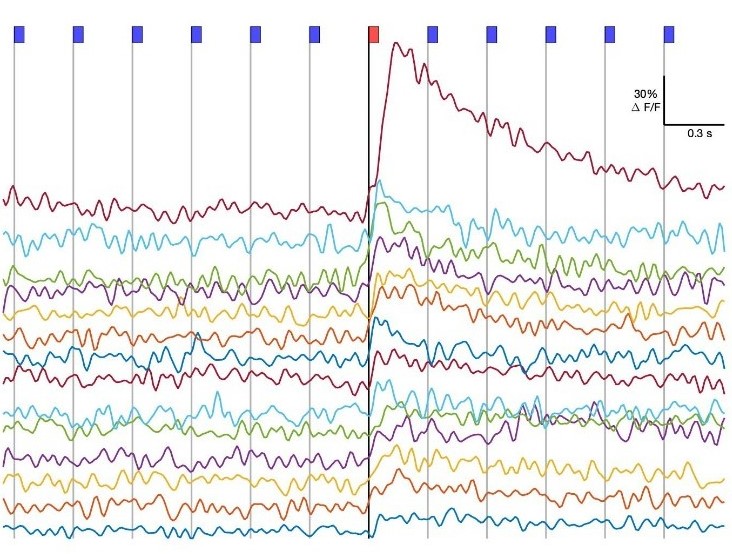Context-dependent sound representations in auditory cortex
One of our lab’s significant findings is the critical role of recent sensory history in shaping auditory responses. We discovered that sounds elicit weaker responses when frequently encountered compared to rare sounds, a phenomenon we termed “stimulus-specific adaptation” (SSA). Since its discovery, SSA has been observed in multiple brain areas, starting as early as the inferior colliculus, across various mammalian species—including rodents, carnivores, bats, and primates—and even in non-mammalian species like barn owls. In our previous studies, we have explored the properties of SSA, the mechanisms that influence it, and normative accounts such as predictive coding.
A key question left unanswered was whether SSA reflects solely frequency-specific adaptation or is genuinely stimulus-specific. To address this, we examined SSA responses to complex sounds (Harpaz et al., 2021) and gaps, which are short silent intervals in a broadband sound burst (Awwad et al., 2020, 2023). These studies demonstrated that SSA occurs even when all frequency channels are equally adapted, confirming its stimulus-specific nature.
Our current research leverages large-scale simultaneous neuron recordings using Neuropixels electrodes and 2-photon microscopy to investigate SSA at the neural population level. We strive to uncover coding schemes at this level that are dependent on the auditory context.

